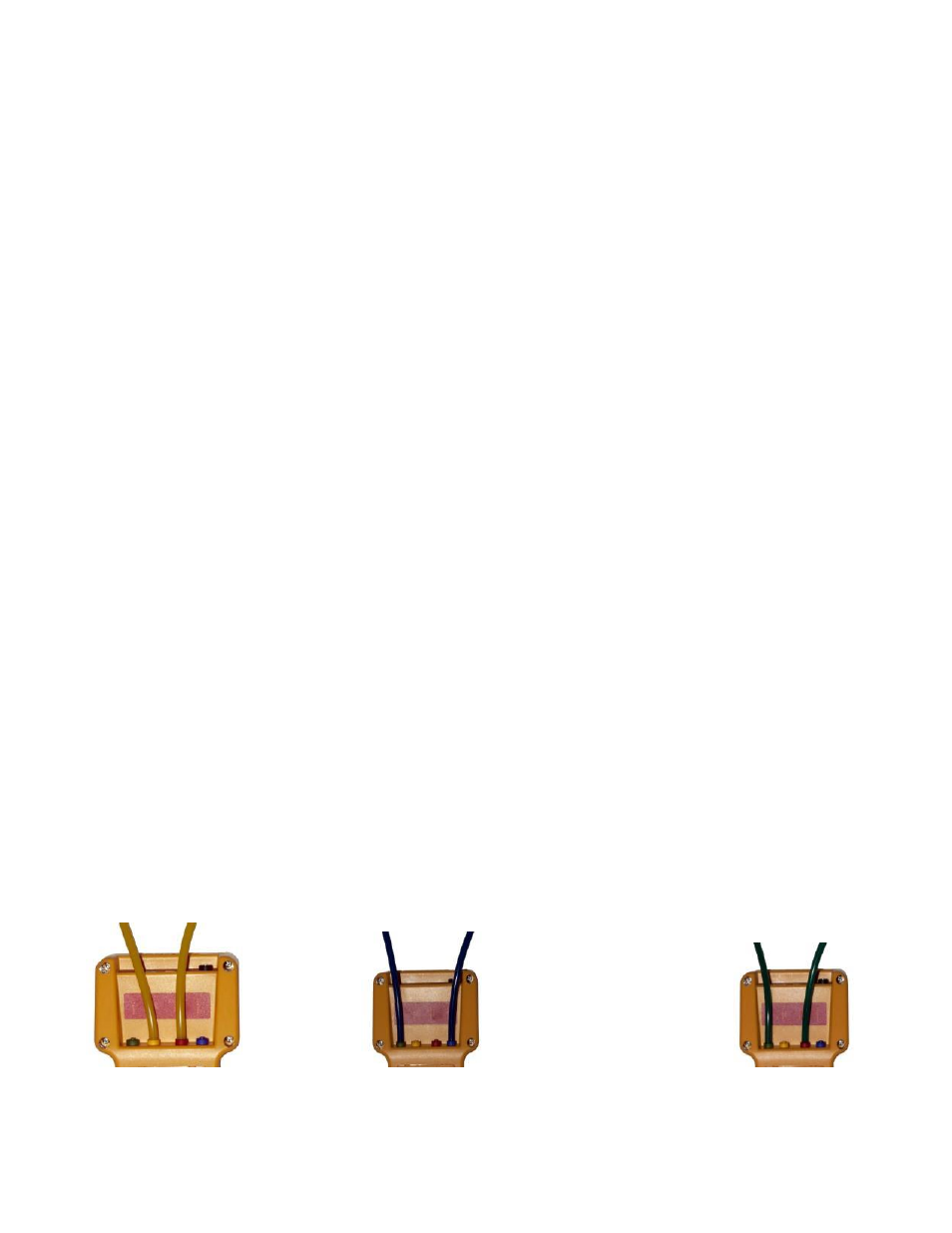To perform a tubing check – Retrotec DM-2 User Manual
Page 36

Page 36 of 72
©Retrotec Inc. 2012
7 Check your gauge to see if it needs to be sent to factory for
re-calibration
Standard procedure says you calibrate your gauges every year or two by sending them to the factory,
but does this really make sense? In some applications, the gauge can be calibrated whenever the
operator wants but they must go back and re-test all the jobs they did since the first good calibration.
Tough, but serves to make the point; when did the gauge go out of calibration? Last week or last year?
What makes a lot more sense is a quick way to check your gauge regularly and before any important
test. Moreover, gauge calibration, where errors are typically a few %, are not as frequent a cause of
problems when compared to blocked, leaking or pinched tubes that happen more often and can yield
errors of 10 to 90%. Sending your gauge in for calibration does not address those problems.
7.1 Verify your gauge calibration between factory calibrations
Here is how to check the tubes to be sure they are not blocked, pinched or leaking:
Checking each tube for blockage, leaks or pinching and checking gauge calibration should be done
weekly. It only takes a few seconds. Connect one tube between Channel A and B. If the pressure
readings displayed on “PrA” and “PrB” match within 2% both that tube and the gauge ports used are
OK.
To perform a tubing check
1. Press [Mode] until "Mode" displays "PrB" (to display pressure on both channels).
2. Turn Auto Zero Off.
3. Press [Exit] to ensure that there is no Baseline pressure in the upper left of the gauge.
4. Connect a tube between Channel A & B on the gauge.
5. Check that the readings are within 2%
6. Repeat with each tube between other ports as shown in Figure 6
7. Connect the yellow tube from the yellow to the red port on the gauge which should be set
to Pressure on Channel B. If the readings are within one percent and don’t drop rapidly,
you have confirmed the yellow tube does not leak, the tube and gauge is not blocked and
the gauge has a 99.9% chance of being accurate. Disconnect the yellow and connect the
Blue tube from Blue to Green to check that tube and the negative side of the gauge.
Disconnect the Blue and connect the Green from the Green port to the Red Port to check
that tube and the negative versus positive calibration of the gauge.
Figure 6: Yellow tube between Channel A & B. Blue tube check of positive ports. Green from negative to positive ports.
